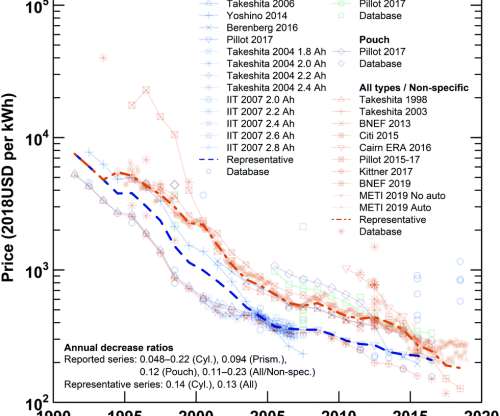CCM: Shanghai Energy investing US$790M to construct world’s largest Li-ion wet process separator production base
Green Car Congress
APRIL 20, 2018
China will account for more than 60% of the world’s production of wet-process separators for Li-ion batteries, with more than 10 billion square meters capacity, according to China-based market intelligence firm CCM. Separators are a key element in rechargeable lithium-ion batteries with liquid electrolytes.





































Let's personalize your content